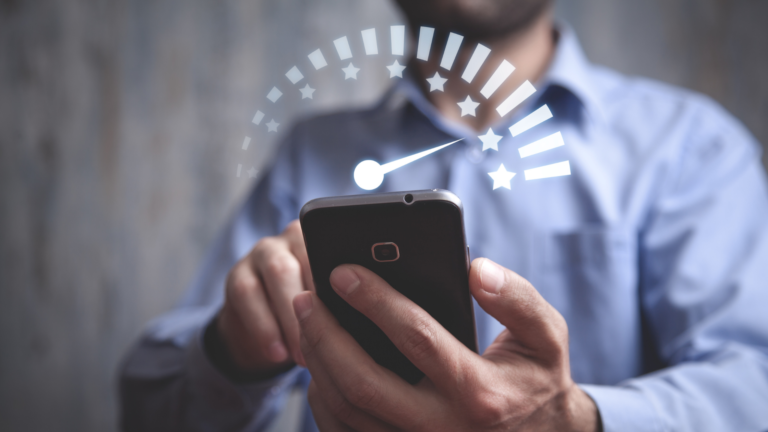“Almost 90 percent of sales have moved to a videoconferencing (VC)/phone/web sales model” due to Covid-19, according to a recent McKinsey and Company survey. Get Mike Aoki’s full insights now.
“Almost 90 percent of sales have moved to a videoconferencing (VC)/phone/web sales model” due to Covid-19, according to a recent McKinsey and Company survey. The old days of business-to-business (B2B) sales representatives visiting clients onsite has been changed – at least temporarily – to a virtual model. Now everyone is an Inside Sales Rep!
The good news is: “You can dial faster than you can drive.” You can reach more customers over the phone than by driving around your territory. On the other hand, phone and videoconferencing requires a different skill set than face-to-face sales.
Here are 5 tips for both Inside Sales Reps and Field Sales Reps who may be working from home due to Covid-19:
- Block off outcall time in your calendar:
“Working from home will be great! No more wasting my time commuting to the office or driving between client locations. I am going to get so much done!” That is a common thought for salespeople converting to work from home. However, home also offers more distractions than being at the office or on the road. Checking email excessively, having frequent snacks from your kitchen, maybe peeking at Netflix while waiting for inspiration to make a call, can waste your time! Instead, block time off in your calendar to make calls. Choose the best times to call your clients and then stick to it. Self-discipline is important! Given the economic turmoil, you need to defend your customer base and find new leads for your sales pipeline. That means maximizing your outcall time, despite home office distractions.
- Ensure you have the right technology to work-from-home:
Your company should provide the right technology, software and protocols to secure customer privacy and protect their data. In addition, you also need the right tools for productive sales calls. In phone sales, your voice represents you. So, invest in a good headset or ear buds. You can also use your phone for the audio portion of a videoconference call. If you prefer to use computer audio for Zoom, Google Meet, etc, buy a good external microphone or headset. It will make your voice sound clearer and more confident than the built-in microphone on most laptops.
- Get the clues you need through videoconferencing:
One of my sales coaching clients said, “I like seeing my client’s office. When I walk in, I check if they have family photos on their desk or sports trophies on their walls. I just feel better when I can read their facial expressions and body language.” He needed that visual input. On phone calls, he felt lost without it. The good news is videoconferencing apps such as Zoom, Google Meet or Microsoft Teams, allow you to see your client. You can also see the books and trophies behind them. It allows a richer experience – with both sight and sound – compared to a phone call. So, use videoconferencing if your client is open to it.
- Make eye contact on video calls:
Most people look directly at the other person’s face on the center of their screen. But if your camera is located on top of your laptop, the other person sees you looking down and away from their eyes. That may be perceived as a lack of confidence. Instead, look through the camera lens as if you were looking at someone’s eyes. That is how you make eye contact on a video call. In addition, nod, and gesture naturally just like you would during an onsite meeting. That displays confidence and builds warmth in the conversation.
- Develop a client communication profile:
Develop a communications profile for each client. Find out the best time/day of week to call them. Ask if they prefer a phone call or video call. For written information, check if they prefer email, text messages or a hard copy. Knowing their communication preferences maximizes your chances of sale. So contact them when they are most likely to answer, using the communication method (phone, video, email) to which they are most likely to respond.
As Covid-19 restrictions lift, Inside Sales Rep may want to return to the contact center. Field sales reps may want to get back behind the wheel of their car and visit clients onsite. Or, both groups may find work-from-home is better for them.



